Illuminate Your Space with a Stylish Floor Lamp
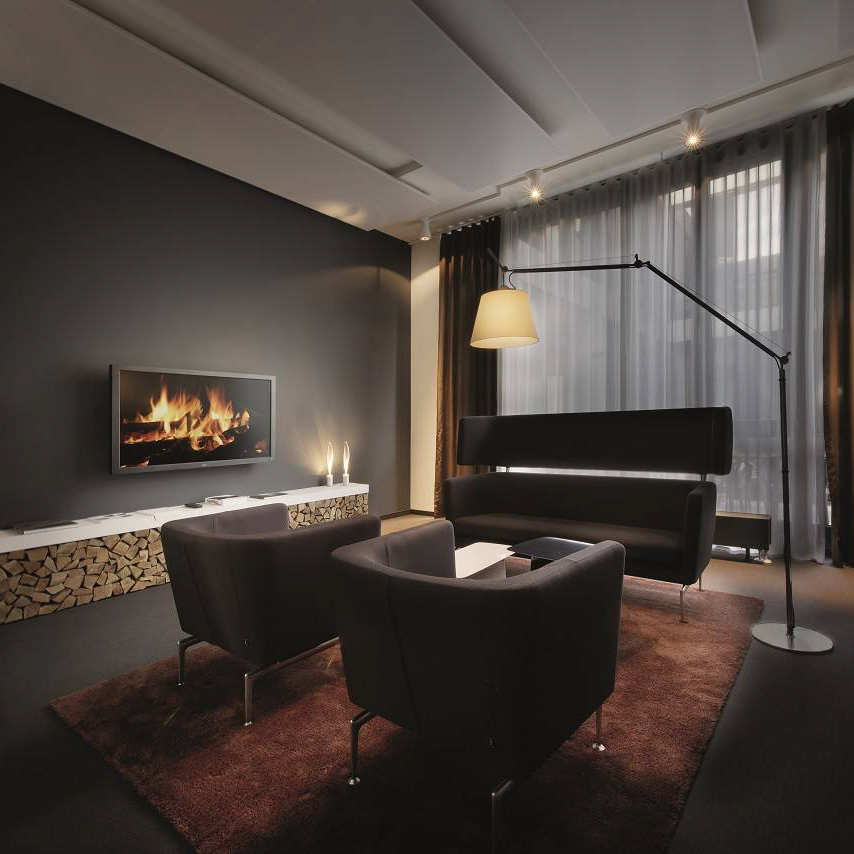
Selecting the appropriate lighting style for your space is a crucial step in creating an inviting and functional environment. The style of lighting you choose should harmonize with the overall aesthetic of your home or office, reflecting your personal taste while also serving practical purposes. For instance, if your interior design leans towards a modern minimalist approach, sleek and simple fixtures with clean lines may be the best fit.
On the other hand, if your space is more traditional, ornate chandeliers or vintage-inspired sconces could enhance the character of the room. It’s essential to consider how the lighting will complement existing decor elements, such as furniture, wall colors, and architectural features. Moreover, the style of lighting can significantly influence the mood and atmosphere of a space.
Warm, soft lighting can create a cozy and intimate setting, perfect for living rooms or bedrooms, while brighter, cooler lights are often more suitable for workspaces or kitchens where clarity and focus are paramount. Additionally, incorporating various styles can add depth and interest to your design. For example, mixing contemporary pendant lights with rustic table lamps can create an eclectic yet cohesive look.
Ultimately, the right style should not only align with your aesthetic preferences but also enhance the functionality of the space, ensuring that it meets your needs while providing visual appeal.
Placement and Functionality
Transforming a Room with Thoughtful Lighting Placement
The placement of lighting fixtures Zarikos is just as important as their style, as it directly impacts both functionality and ambiance. Thoughtful placement can transform a room, highlighting architectural features or creating focal points that draw the eye. For instance, strategically positioning wall sconces along a hallway can provide both illumination and a sense of depth, while placing pendant lights over a dining table can create an inviting atmosphere for meals and gatherings.
Functionality and Energy Efficiency
It’s essential to consider the purpose of each room when determining where to place your lighting; task lighting should be positioned to minimize shadows and provide adequate illumination for activities such as reading or cooking. In addition to enhancing functionality, proper placement can also contribute to energy efficiency. By utilizing natural light sources during the day and supplementing them with artificial lighting in key areas, you can reduce energy consumption while maintaining a well-lit environment.
Flexibility and Adaptability
Furthermore, incorporating dimmers or adjustable fixtures allows for flexibility in lighting levels, enabling you to adapt the brightness according to different activities or times of day. This adaptability not only enhances comfort but also extends the lifespan of your bulbs by reducing their usage during less critical times. Ultimately, careful consideration of placement ensures that your lighting serves its intended purpose while enhancing the overall aesthetic of your space.
Size and Scale
When selecting lighting fixtures, size and scale are critical factors that can dramatically affect the overall look and feel of a room. A fixture that is too small may get lost in a large space, failing to provide adequate illumination or visual impact. Conversely, an oversized fixture in a small room can overwhelm the space, making it feel cramped and uncomfortable.
To achieve balance, it’s essential to consider the dimensions of both the fixture and the room itself. For example, in a grand foyer with high ceilings, a large chandelier can serve as a stunning centerpiece that draws attention upward, while in a cozy nook, smaller pendant lights or wall-mounted fixtures may be more appropriate. In addition to physical dimensions, the scale of the fixture should also relate to other elements within the room.
This includes furniture size, ceiling height, and even window placements. A well-proportioned light fixture will create harmony within the space, enhancing its overall design rather than detracting from it. For instance, if you have a long dining table, a linear chandelier that spans its length can create a cohesive look while providing ample light for dining activities.
Conversely, in a room with low ceilings, flush-mount fixtures or recessed lighting can provide necessary illumination without drawing attention away from other design elements. By carefully considering size and scale, you can ensure that your lighting choices enhance rather than hinder your interior design.
Bulb Type and Brightness
The type of bulbs you choose plays a significant role in determining not only the quality of light but also energy efficiency and longevity. Traditional incandescent bulbs have long been favored for their warm glow; however, they are less energy-efficient compared to newer technologies like LED and CFL bulbs. LEDs are particularly popular due to their long lifespan and low energy consumption while offering a range of color temperatures that can mimic natural daylight or provide a warm ambiance.
When selecting bulbs, consider the specific needs of each room; for example, cooler temperatures may be more suitable for workspaces where clarity is essential, while warmer tones can enhance relaxation in living areas. Brightness is another critical aspect to consider when choosing bulbs. Measured in lumens, brightness levels can vary significantly between different types of bulbs.
It’s important to assess how much light is needed based on the room’s function and size. For instance, kitchens typically require brighter lighting for food preparation tasks, while bedrooms may benefit from softer lighting for a calming effect. Additionally, using dimmable bulbs allows for greater control over brightness levels, enabling you to adjust the light according to different activities or moods throughout the day.
By carefully selecting bulb types and brightness levels, you can create an environment that is both functional and aesthetically pleasing.
Material and Finish
The materials and finishes of lighting fixtures contribute significantly to their overall appearance and durability. Common materials include metal, glass, wood, and fabric, each offering unique aesthetic qualities that can enhance your interior design. For instance, polished chrome or brass finishes can lend a modern touch to contemporary spaces, while wrought iron or antique bronze may be more suitable for rustic or traditional settings.
Additionally, glass shades can soften light diffusion and add elegance to fixtures like chandeliers or pendant lights. When selecting materials, consider not only how they complement your existing decor but also their maintenance requirements and durability over time. Finishes also play a vital role in how light interacts with fixtures.
Matte finishes tend to absorb light rather than reflect it, creating a softer glow that can be ideal for intimate settings. In contrast, glossy finishes reflect light more intensely, which can brighten up a space but may also create glare if not positioned correctly. Furthermore, consider how different materials will hold up in various environments; for example, metal fixtures may be more suitable for high-humidity areas like bathrooms or kitchens if they are treated with rust-resistant coatings.
By thoughtfully selecting materials and finishes that align with both aesthetic preferences and practical considerations, you can ensure that your lighting choices enhance your space effectively.
Maintenance and Care
Proper maintenance and care of lighting fixtures are essential for ensuring their longevity and optimal performance over time. Regular cleaning is crucial as dust and grime can accumulate on surfaces, diminishing both brightness and aesthetic appeal. Depending on the material of your fixtures, cleaning methods may vary; for instance, glass shades can often be wiped down with a soft cloth and mild detergent to restore clarity, while metal finishes may require specific cleaners to avoid tarnishing or scratching.
Additionally, it’s important to periodically check for loose bulbs or connections to prevent flickering lights or potential electrical issues. Beyond routine cleaning, being mindful of bulb replacement is key to maintaining effective lighting in your space. Keeping track of bulb lifespans can help you avoid sudden outages; many LED bulbs last significantly longer than traditional incandescent options but still require eventual replacement.
When changing bulbs, ensure that you use the correct wattage as specified by the fixture manufacturer to prevent overheating or damage. Furthermore, consider investing in energy-efficient options that not only reduce electricity costs but also require less frequent replacement due to their extended lifespans. By prioritizing maintenance and care for your lighting fixtures, you can enjoy a well-lit environment that remains visually appealing and functional for years to come.

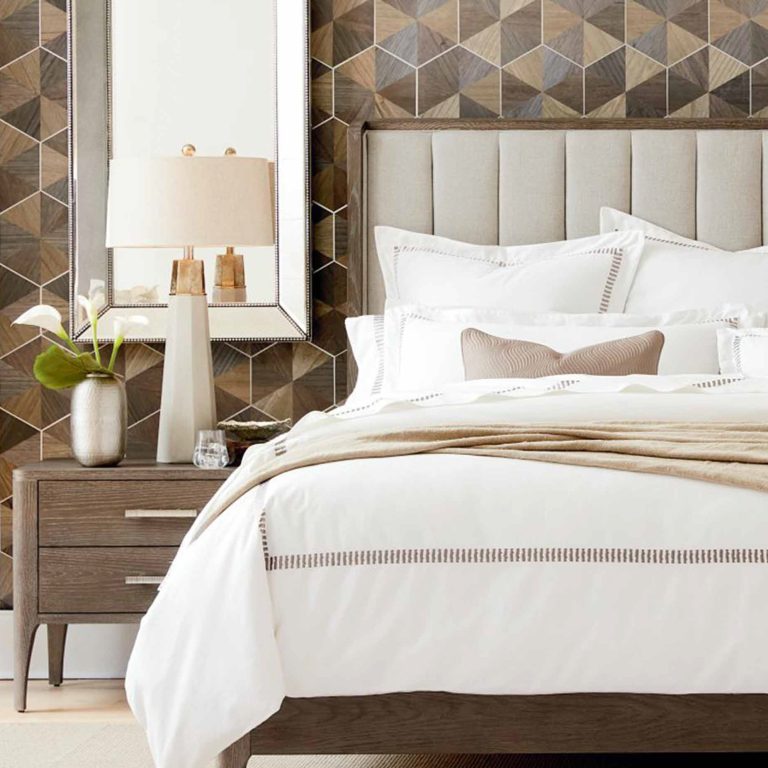
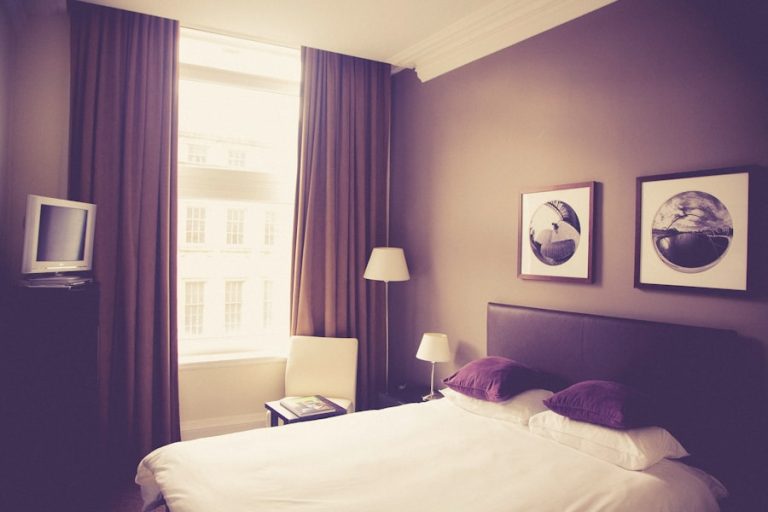
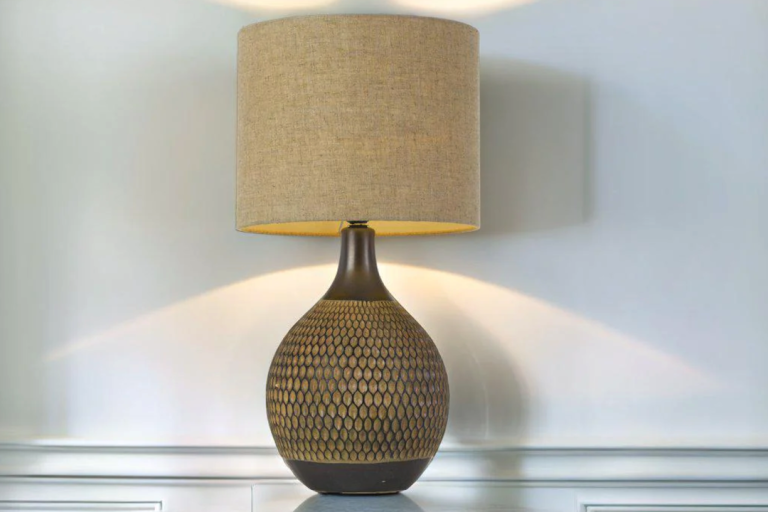
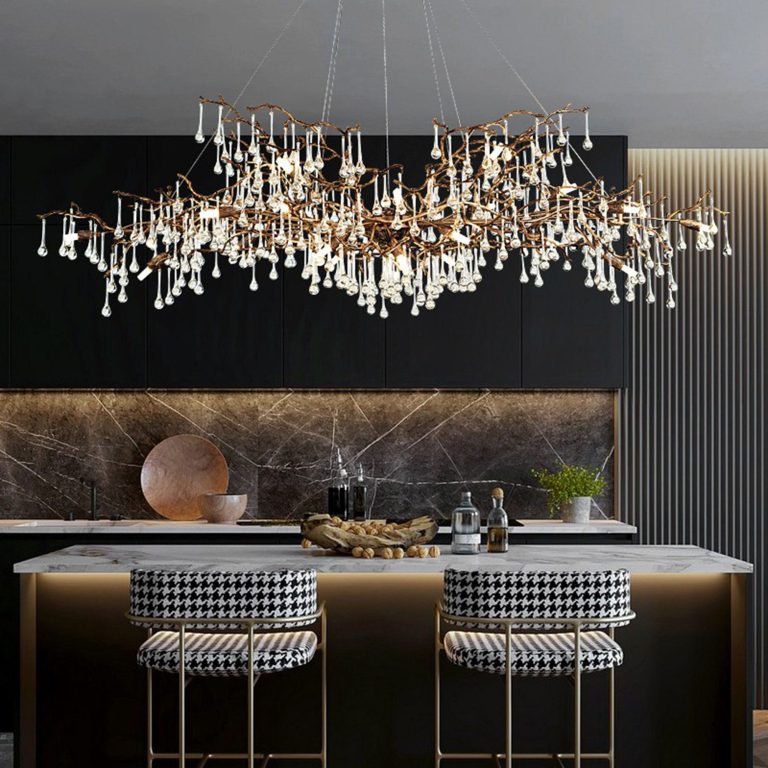
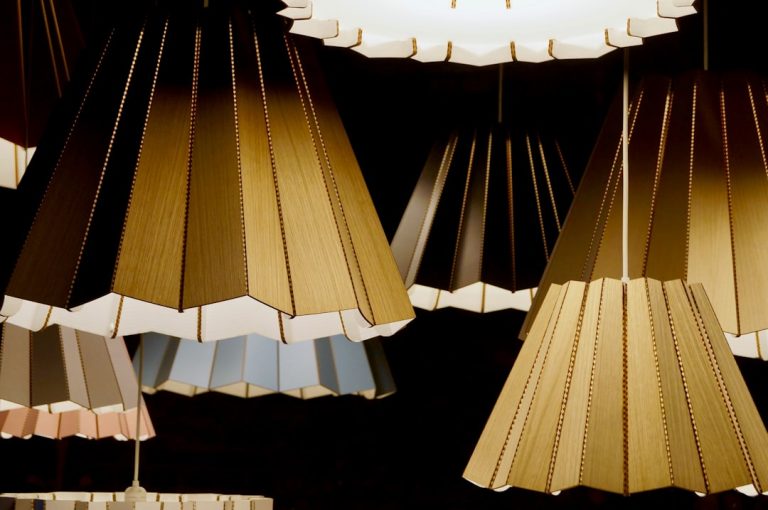
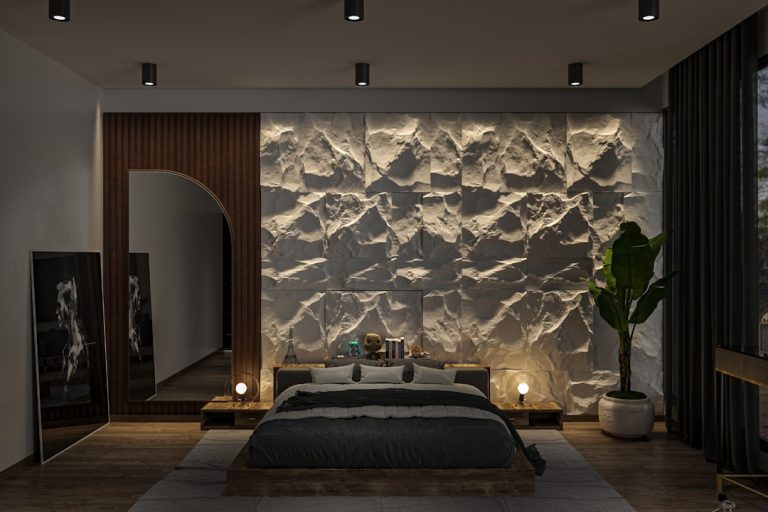
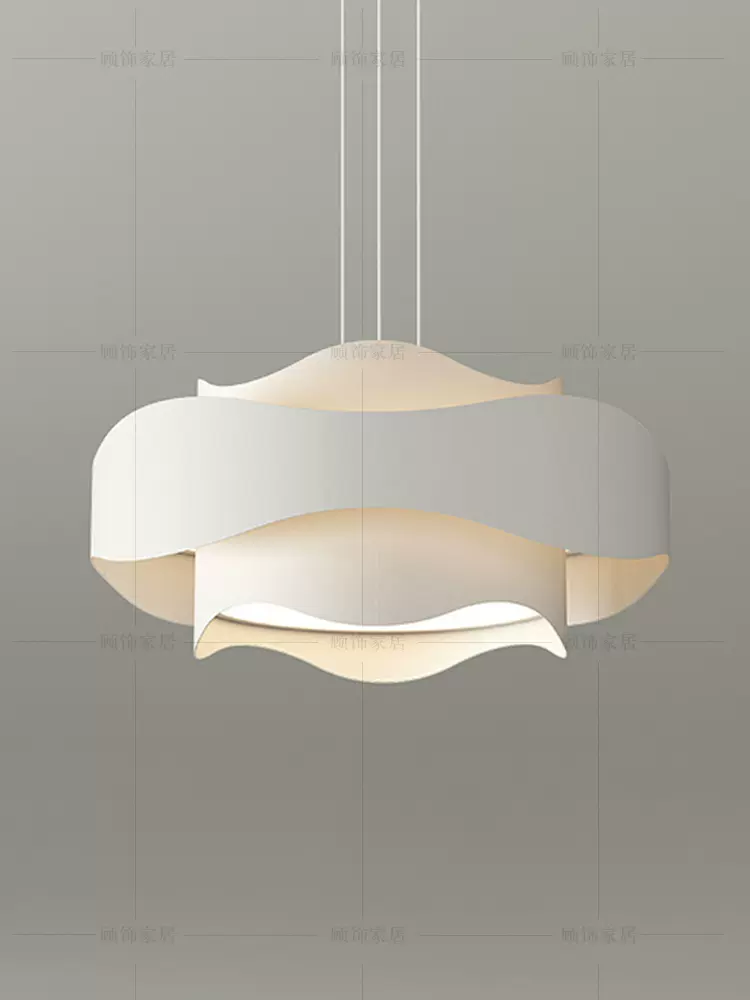
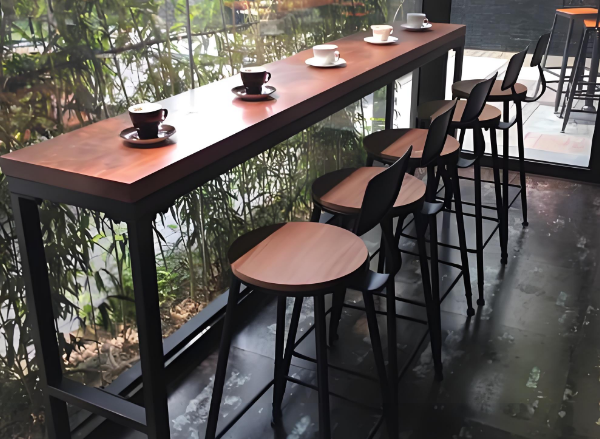
+ There are no comments
Add yours